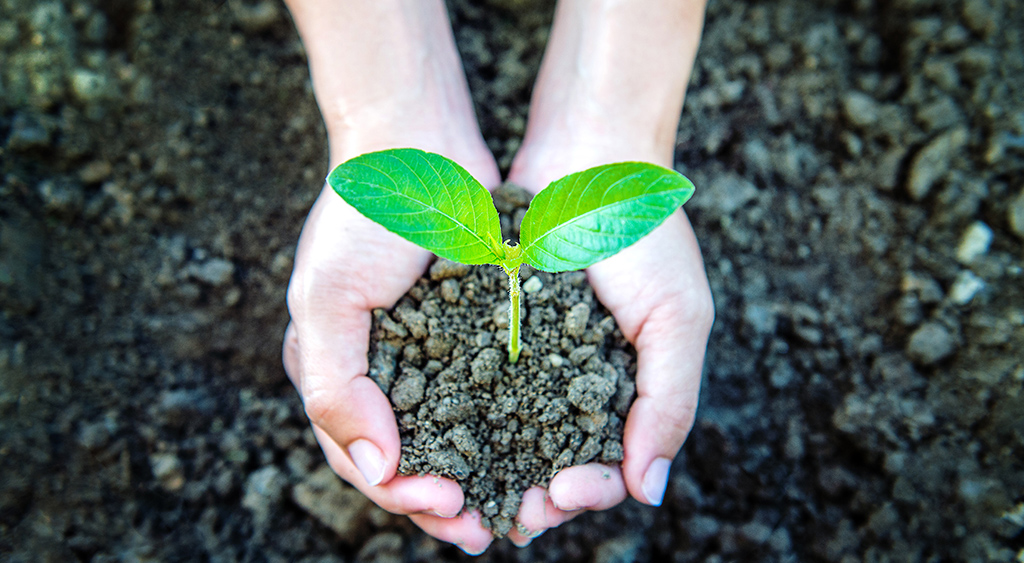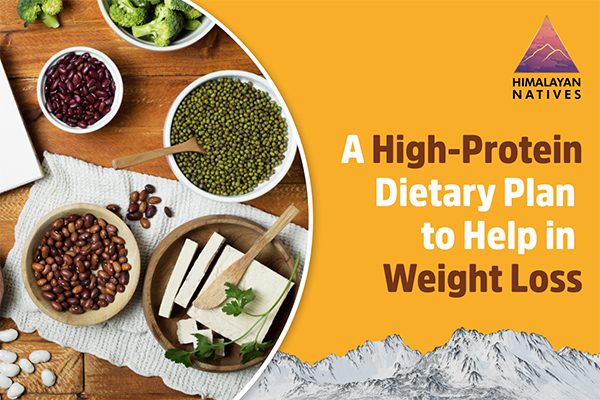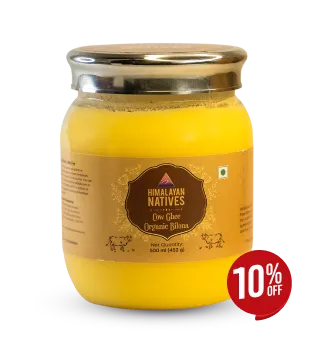
We have all seen the term “sustainable” being increasingly used nowadays to describe everything from the food products we consume to the clothes we wear. It is often used in advertising, packaging, and nearly every form of consumable media. Sustainable agriculture refers to the set of agricultural practices that aim to reduce the environmental impacts of crop cultivation. These practices also have implications on aspects such as labor, raw materials, and distribution channels. When the integrated ecosystem of food production is geared towards preserving the environment, it is referred to as sustainable farming.
There are many forms of sustainable farming that are being increasingly adopted in India that focus on improving upon long-standing agricultural methods in order to make them more environmentally sustainable. For instance, organic farming uses chemical-free fertilizers such as crop residues and bio-pesticides to maintain the soil fertility levels and replenish them with nutrients. Similarly, precision farming focuses on using information technology to provide crops with the exact amount of inputs they need in order to maximize productivity, avoid unnecessary wastage of resources, and manage costs in the long run.
These practices, when successfully implemented, can help bring down the operational costs and can lead to higher demand for sustainably farmed products. In fact, according to a report (about how sustainability is changing consumer preferences) by the Capgemini Research Institute, 77% of organizations say their approach to sustainability can increase customer loyalty, and nearly 63% have seen an increase in revenue. It is clear that there is a lot of market share to gain using sustainability as a determining factor. How brands utilize these changing preferences to their benefit is what will ultimately drive the industry to become bigger with more players. In fact, the initial market research conducted by Himalayan Natives showed that there is a growing demand for natural, sustainably grown food products, and these findings have helped us capture our market and capitalize on it.
There are many factors that are driving consumer preferences towards sustainable purchasing habits, so let's take a look at some of the most important ones.
The Long-Lasting Impacts of Climate Change
It is absolutely undeniable that climate change is affecting the world as we know it. More frequent and unpredictable natural disasters, imbalances in the weather systems, and generally rising temperatures are affecting every aspect of life, but the agriculture industry is particularly feeling the effects even more. Rising temperatures mean changes in the natural life cycles of crops, affecting both the quality of food crops and the times that they are harvested. Climate change has also led to an increase in pest numbers, which is a detriment to crop health and soil fertility. The Capgemini report found that 79% of consumers are changing their purchase preferences based on factors such as social responsibility and environmental impact. This is a clear indicator that climate change and its impacts are major influential factors in most purchase decisions made today, which is something food brands need to keep in mind when determining the kind of products they have in the market.
Sustainable farming practices by their definition aim to approach agriculture with more care and sensitivity to changing temperatures, reduced fertility levels, and changing crop cycles. Himalayan Natives has worked closely with sustainable farming operations to ensure adequate support is given to the conservation of natural resources and the raw materials we procure are produced sustainably.
The Over-Reliance on Limited Resources
It will come as no surprise that a lot of the resources that the agriculture industry is heavily reliant on are non-renewable, i.e., there is no infinite supply. Clean water, fertilizers, pest repellents, and nutrient-rich soil all come with a price tag. For a lot of commercial farmers, the mass use of these resources in traditional farming practices can often lead to unnecessary waste and overuse that not only increases input costs but can also pose a threat to the ecological balance of the environment. This in turn also translates to higher costs of the final products, which can affect consumer purchase patterns.
Sustainable farming practices are designed to carefully utilize resources in a manner that efficiently maximizes their use. For instance, drip irrigation practices use an intricate system that dispenses water directly to the crop roots, thus ensuring that excessive water use is avoided, as this can impact the pH balance of the soil and can reduce the ability of the crops to maximize mineral absorption. Similarly, the use of lignosulfonates (a byproduct of wood manufacturing) to reduce soil erosion and suppress dust during post-harvest seasons is an extremely sustainable practice, as lignosulfonates can replace fossil-based chemicals. These activities can lead to fewer resources used, which can bring down the cost of the final products. The lower prices in addition to the eco-sustainable factors have led to higher demand, as more and more consumers exhibit behaviors that align with the conservative philosophy behind these practices.
Himalayan Natives has worked closely with producers practicing sustainable agriculture to better understand and lend our support to their efforts. Our organic product offerings are procured from farmlands that refrain from using artificially manufactured chemicals during the entire crop and harvest cycles.
The COVID-19 Pandemic
The COVID-19 pandemic has undoubtedly had lasting reverberations across every industry fathomable. One of the major impacts of the pandemic has been a cultural one - consumers have gotten a lot more health-conscious and begun paying more attention to how their food is manufactured and where it comes from. People are consciously choosing safer, more sustainable food products as lifestyle choices and are slowly but surely shifting towards a preference for organic, natural, and sustainable products. This means that the sustainable footprints of food brands are now being differently evaluated by consumers - 78% of organizations that were included in the Capgemini report stated that their business models and practices will be reassessed from a safety and hygiene perspective.
This report also sheds light on how consumer behaviors are changing post-COVID. 67% of consumers surveyed said that they will be more cautious about the scarcity of resources owing to the COVID-19 crisis. This is an indication of increasing consumer awareness regarding food safety practices, sustainability, and the production practices of brands.
Himalayan Natives has always kept food safety at the very helm of their operations. During the COVID-19 pandemic, we have taken extra precautions and measures to upkeep food safety and maintain transparency with our consumers, which has also led to increased brand loyalty.
It is evident that a sustainability-focused business model is a must-have for any FMCG brand moving forward. The long-lasting effects of factors such as climate change and the COVID-19 pandemic have ensured that adapting to changing environmental conditions is crucial not only from the standpoint of sustaining business in the long run but also in capturing larger chunks of the consumers who are shifting their preferences and the way they evaluate brands. Himalayan Natives is one such brand that has always been aware of its market’s demands and has successfully built a brand on the foundations of sustainability.
 HELPFUL0 people found it helpful
HELPFUL0 people found it helpful
Related Blogs
Subscribe to Our Blogs
and never miss on the latest update!

















